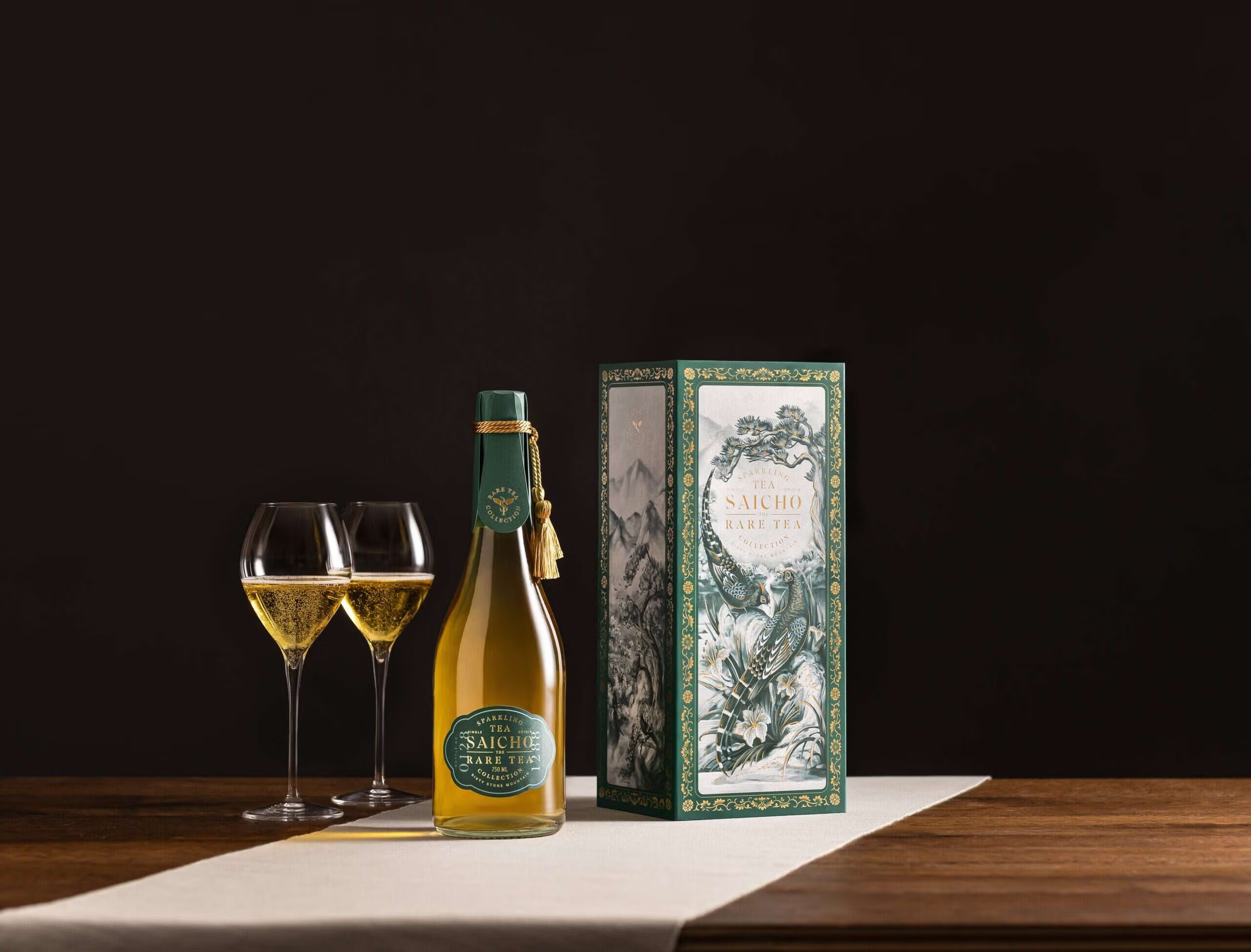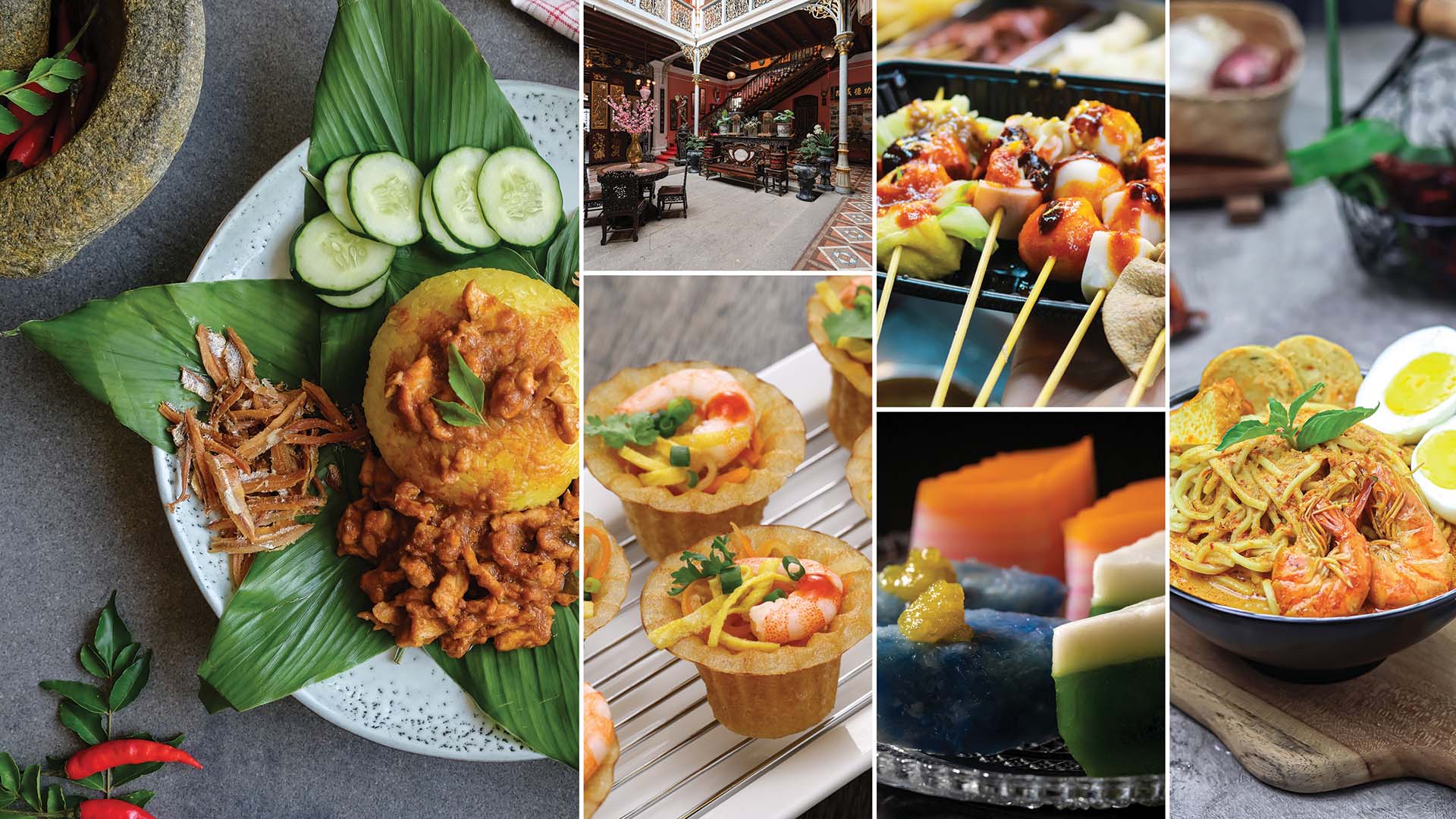When chef Thitid “Ton” Tassanakajohn first opened his Thai fine dining establishment Le Du in Bangkok in 2013, his four-course set menu was 990 baht (US$28 today). It was a steal compared to fine dining establishments worldwide, but a fortune in a city where Thai cuisine had for decades been characterised as street food.
Chef Ton was told he would be forced to close within months for charging so much for food made with local products. On nearby sidewalks, dishes featuring similar ingredients were available for less than a dollar.
The chef, of course, prevailed. Le Du currently has a Michelin star, and chef Ton has a second restaurant, Nusara. The classic Thai eatery—named after his grandmother and located near the royal palace—is ranked No.3 on Asia’s 50 Best Restaurants list.
Le Du and Nusara are two of a cluster of upscale restaurants in the Thai capital that are climbing up international and regional best restaurant lists. They have turned one of the planet’s foremost destinations for cheap eats into a port of call for foodies seeking a luxurious experience alongside their khao mun gai (steamed chicken on rice).
“You know street food with Bangkok, with Thailand. Everyone in the world knows,” chef Ton says. “We are a new destination for more fine dining, more sophisticated bars and restaurants.”

Le Du’s chef Thitid “Ton” Tassanakajohn. (Photo supplied)
Restaurants like his are catering to culinary-minded travellers who are increasingly important to Thailand’s tourism industry, which accounted for an estimated 11.5% of gross domestic product (GDP) before the coronavirus pandemic, according to S&P Global Market Intelligence. The Tourism Authority of Thailand is targeting revenue of 2.3 trillion baht this year—with 20% of that coming from food. The agency says it aims for gastronomy to account for 25% of tourist spending by 2027.
“What we’ve seen with our travellers is that they are interested, and they want to combine those fine dining experiences at the restaurants with those really top-notch local food experiences.” says Nicola Marshall, who designs and oversees culinary tours at Intrepid, an Australia-based global travel company. Clients might fly into Bangkok a day or two before a tour and book themselves into a fine-dining restaurant, she says, before embarking on a guided trip full of less-pricey eats.
“Thai politicians often say we want ‘high quality tourists’, meaning we want tourists with high purchasing power. But do we have enough fancy places for them?” says Somprawin Manprasert, chief economist at Siam Commercial Bank, one of Thailand’s biggest lenders. “That’s why I think having more fine dining spots in Thailand — like right now — creates a good opportunity that really allows us to attract big-spender tourists.”
Today, six Bangkok restaurants that are listed by the Michelin Guide in the “special occasion” and “spare no expense” price categories have two stars each, and more than 20 spots have one star. Ten establishments appeared on the latest Asia’s 50 Best Restaurants list — compared to six for Tokyo and five for regional finance capital Hong Kong. Le Du tops Bangkok’s entries in the overall World’s 50 Best rankings, at No.15; the Indian-influenced hot spot Gaggan Anand comes in at No.17.
Michelin stars are so plentiful that Mathias Sühring—one of the German twin brothers running the two-Michelin-star, contemporary German dining spot Sühring—says Bangkok chefs are now competing to see who will be the first to win a third.
The recognition has solidified Bangkok’s reputation as a place to indulge in expensive fare while still often paying less than at gastronomic hubs such as Hong Kong and New York. Although the meals are expensive in a city where plates of food like pork skewers (moo ping) and pad Thai go for a few dollars, they can run less than at most other global capitals. A dinner at Copenhagen’s Noma, one of the world’s top-ranked eateries, costs 5,950 Danish krone ($857) per person, with wine pairings. At Gaggan Anand, it is around $327 per person, also including beverages.

Gaggan Anand restaurant, Bangkok. (Photo supplied)
“Luxury is cheaper here, it’s more accessible and more affordable,” says Gaggan Anand, who comes from Kolkata and was one of the first international chefs to open his own, eponymous fine dining restaurant in Bangkok more than a decade ago.
Chefs keep prices down in part by taking advantage of the lower cost of setting up and operating restaurants in Southeast Asia’s second-largest economy. Bangkok is an attractive place for an ambitious chef, who might not have the financial backing to open elsewhere. The city’s high-end dining scene is also benefiting from the steady improvement of supply infrastructure over the last decade. Upscale restaurants can now access high-quality regional ingredients, from seafood to vegetables and even dairy, they might have once had to import.
Along with the influx of international tourists, locals also have embraced the city’s new status as a fine dining hub, in part because of Covid-19: Asia had some of the world’s strictest border measures. Long closures and disruptions hit culinary capitals like Hong Kong and cities in Japan and mainland China. Prevented from traveling, Thais, likes others in Asia, began exploring the dining spots near their homes.
Thailand, like many countries, is still working to recover economically from the pandemic. Tourism, especially from China, is rebounding but has yet to reach pre-pandemic levels. China contributed nearly one-third of almost 40 million tourist arrivals in 2019 and is crucial to the industry’s recovery. Boosting it is a priority for new Prime Minister Srettha Thavisin, who has instituted some measures such as visa-free entry for Chinese travellers.
Recent political gridlock also rattled markets. Before Mr Srettha came to power in August, Thailand spent months under a caretaker government with limited ability to pass policies or approve spending. At the same time, competing regional culinary and tourism destinations, like Tokyo and Singapore, have reopened.
Likewise, restaurants are still struggling to regain their pre-pandemic business. Gaggan Anand was “killing it” at 300 covers a week pre-Covid but is currently open just four days a week at about one-third of the previous capacity, its chef says.
Some operating prices have risen after Covid. Le Du’s chef Ton says the cost of vegetables, meat, seafood and cooking oil had increased at least 20% since the Covid-19 pandemic. Staff wages have also gone up 10% to 15%, he adds, as the country’s labour supply has dwindled. As a result, Le Du raised prices for its set menu by 25% post pandemic, to the equivalent of roughly $125, even as competition to attract tourists intensifies.
View this post on Instagram
At Le Du, Thais now make up about 25% of diners. Another quarter each come from Hong Kong and Singapore, estimates chef Ton, and the rest largely from Europe and the United States.
Chef Ton says competition will remain fierce for both Thai and foreign chefs in his city. And they could soon have more rivals. While Bangkok remains the country’s culinary hub, the 2024 edition of Michelin’s Thailand guide will widen its scope, including the tourist-friendly island of Koh Samui.
After a brief hiatus, the Mandarin Oriental, Bangkok hotel relaunched their legendary Thai restaurant Sala Rim Naam back in August, which is great news for those who fondly remember this iconic Thai dining destination.

With a history dating back to 1983, it’s long been a favourite of city dwellers and visitors alike. However, the reopening also promised something a bit different, having taken inspiration from the popular Korean drama King the Land to create a whole new romantic dining experience. If you’re a fan of this Korean drama and were captivated by the romantic Thai dinner shared by the lead characters, Goo Won and Cheon Sa-rang, along the River of Kings during their Bangkok holiday, then you’ll know what to expect. And what could be a better distraction when faced with the prospect of many more rainy nights in October?
Of course, even if you don’t know the show, Sala Rim Naam’s meticulously prepared Thai delicacies are worth the trip. The four-course set dinner is priced at THB 2,800++ per person, while the five-course set dinner is priced at THB 3,400++ per person.




